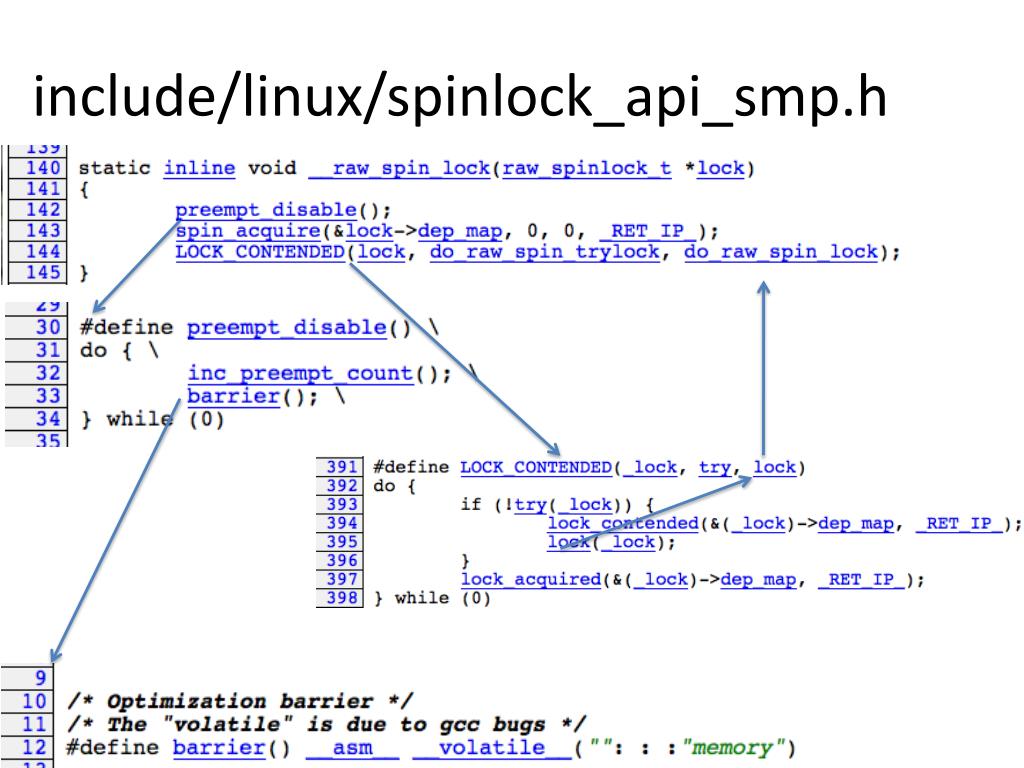

Accumulation error will increase severely if repeating one hop synchronization process between neighboring nodes in the network. Meanwhile, the clock frequency skew swinging that occurs in the long-running is another problem that is currently ignored. These typical protocols can be perfectly applied in a one-hop situation, but they cannot satisfy the synchronization needs in large-scale WSN. These protocols directly synchronize nodes’ clocks or trigger the process according to reference clock time information. A variety of typical protocols have been proposed since the time synchronization subject of WSN was defined, such as the timing-sync protocol for sensor networks (TPSN), delay measurement time synchronization (DMTS), flooding time synchronization protocol (FTSP), reference broadcast synchronization (RBS), and pairwise broadcast synchronization (PBS). Considering the particular demands compared with the internet in terms of energy consumption limits and synchronization precision, traditional time synchronization protocols are not suitable for WSN. Due to the collaboration features of WSN nodes, it is important for each node to synchronize accurately. Time synchronization is a fundamental technology in wireless sensor networks (WSN). Feasibility testing in large-scale wireless sensor networks is verified on NS2 simulation and more performances are evaluated on an embedded Linux platform. The network traffic can be decreased and the time synchronization precision can also be ensured, even with less energy consumption.

Only synchronous information of the certificated nodes with a better performance can be forwarded.

In the forwarding certification process, the status of nodes forwarding synchronous information outwards is authored by information exchange between neighboring nodes. Furthermore, changes of the network topology can be well adapted by dynamic routing, in which the reference node is updated in every synchronization round. In this way, synchronization error accumulation can be restrained and the impact of clock frequency skew swinging on the time synchronization precision can be reduced. During the time synchronization process, a reference node with fewer synchronization hops and a more stable clock frequency is selected for every single hop, in order to obtain the best synchronization route. In order to tackle the problems of multi-hop synchronization error accumulation, clock frequency skew swinging, and network topology changes, a time synchronization protocol based on dynamic routing and forwarding certification (DRFC-TSP) is proposed in this paper. Time synchronization is a key technique in large-scale wireless sensor network applications.


 0 kommentar(er)
0 kommentar(er)
